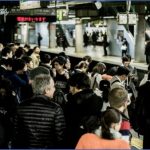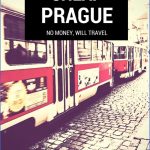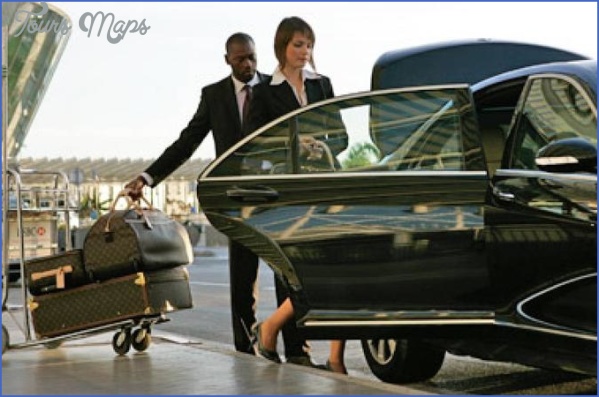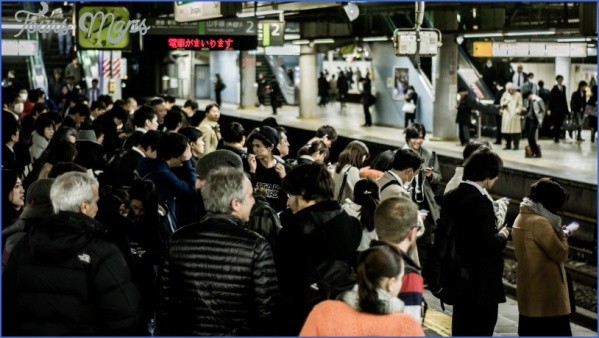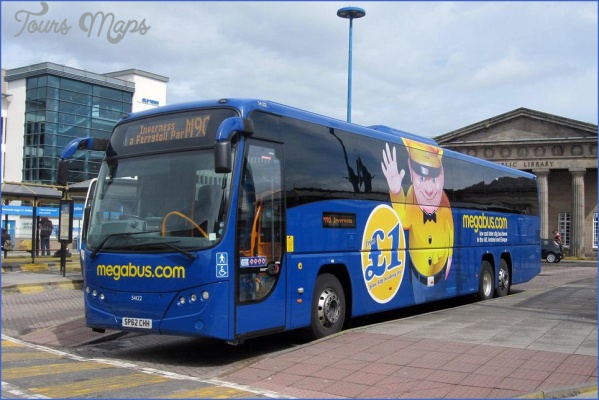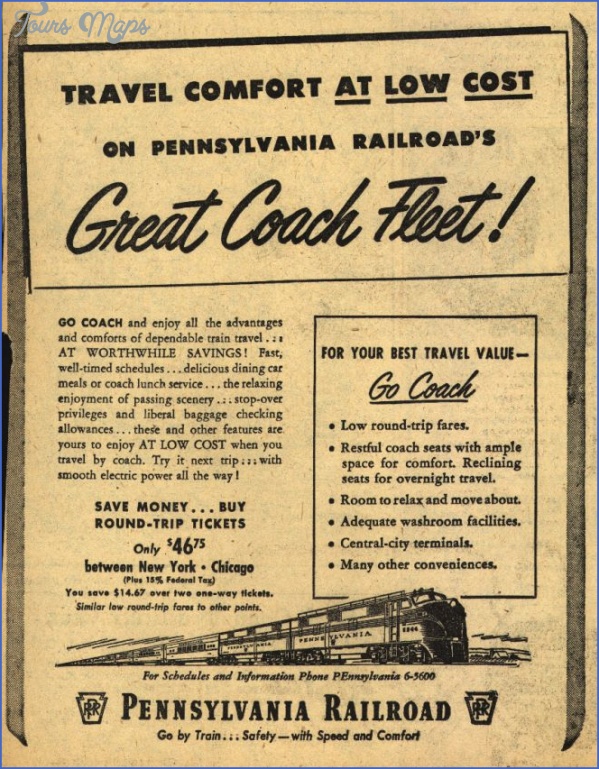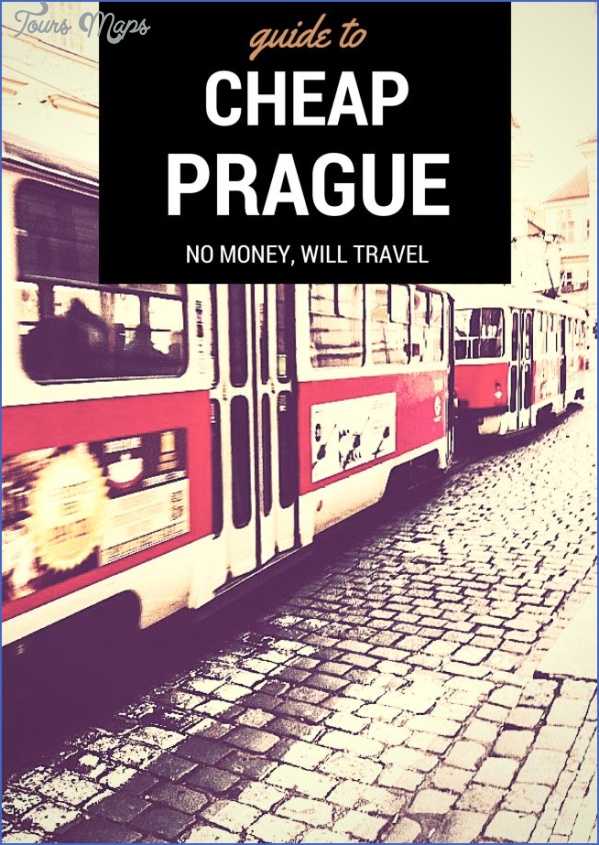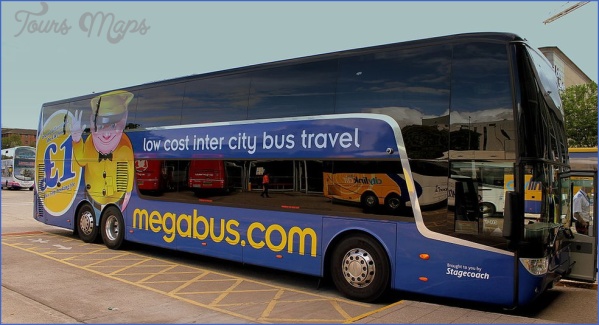Most flights to Europe or Asia land just in time for the morning rush hour. Hire a taxi from the airport to downtown and you could be stuck in traffic where the pounds or Euros quickly add up. Tokyo is notoriously pricey at nearly $300.00 but even a cab from Paris’s Charles De Gaulle will lighten your wallet by at least $73.00.
A rail link to downtown may be faster, but on weekdays you and your luggage will battle with business commuters. A smarter choice is an airport express bus to the city. Air crews are usually collected by bus, often right from the tarmac and for many reasons it’s still my preferred method of travel.
Though it may move slowly, you’re guaranteed a seat and you can either sightsee or snooze. You might have to hop a cab or subway to complete your journey but by then, the big crush should be over.
Once in town, public transit is the way to go. I’ve ridden subways and buses in Hong Kong, Japan and Chile and it’s easier than you think. But be prepared for quirky policies, like needing a ticket to both enter and exit a system.
If you do cab it, confirm the price before you get in – meter or flat rate – and always carry your hotel’s address (in the local language) and phone number. A Map is even better. After a late night out in London, a junior flight attendant asked the cabbie to “Take me to the Hilton.” Three Hiltons and £60 ($150 CDN) later, he finally found his room.
LOW-COST TRANSPORTATION ON TRAVEL Photo Gallery
FA TIP: Though you can legitimately drop a wad of cash on transit, taxi drivers seem to be particularly creative in cheating tourists, from claiming you gave them a smaller bill, to handing back counterfeit change. It’s worth perusing the taxi/transit section of your destination guideblog for a heads up on common scams.
I’ll happily accept a complementary hotel breakfast, but I often pass on paying for one. High-end hotels have high-end prices for everything, including meals and sightseeing. Walk a few blocks away from swanky digs and touristy spots and you’ll find prices generally fall. And remember to keep asking about any special deals. A tour operator in New Orleans couldn’t offer an airline discount but gave me a CAA (American equivalent AAA) rate.
Be aware that gratuities are included in many overseas restaurants and servers often push pricey bottled water when the local l’eau is perfectly acceptable. Our waitress grumbled “doggie water,” when I ordered tap water in Mainz. “Fill it up,” I replied. “I know that Germans love their dogs.”
If the hotel bar hosts a Happy Hour, crew members will meet for cocktails, otherwise, it’s wine and snacks in their hotel room. If you’re on a budget why not do the same? Time change can make you hungry and thirsty earlier than usual. In Paris, we once walked into a restaurant to find the waiters eating their dinner.
Buy nibbles like smoked oysters or cheese and crackers from the corner store, not the room mini-bar. On the topic of mini-bars, know that some are rigged to automatically charge you if even you temporarily lift a pop can or miniature liquor bottle. To save hassles later on, examine the mini-bar when you check in and report any discrepancies immediately. An argument at check-out may cost money and delay you enough to miss your flight.
Many restaurants, especially in Italy and France, offer house wine. It’s always a bargain and frequently delicious. Prix fixe menus are a good deal only if you love dessert. You might want to pass on costly restaurant coffee and sweets and drop into a charming cafe on your way back to the hotel.
Maybe You Like Them Too
- Explore Doncaster, United Kingdom with this detailed map
- Explore Arroyito, Argentina with this Detailed Map
- Explore Belin, Romania with this detailed map
- Explore Almudévar, Spain with this detailed map
- Explore Aguarón, Spain with this detailed map


